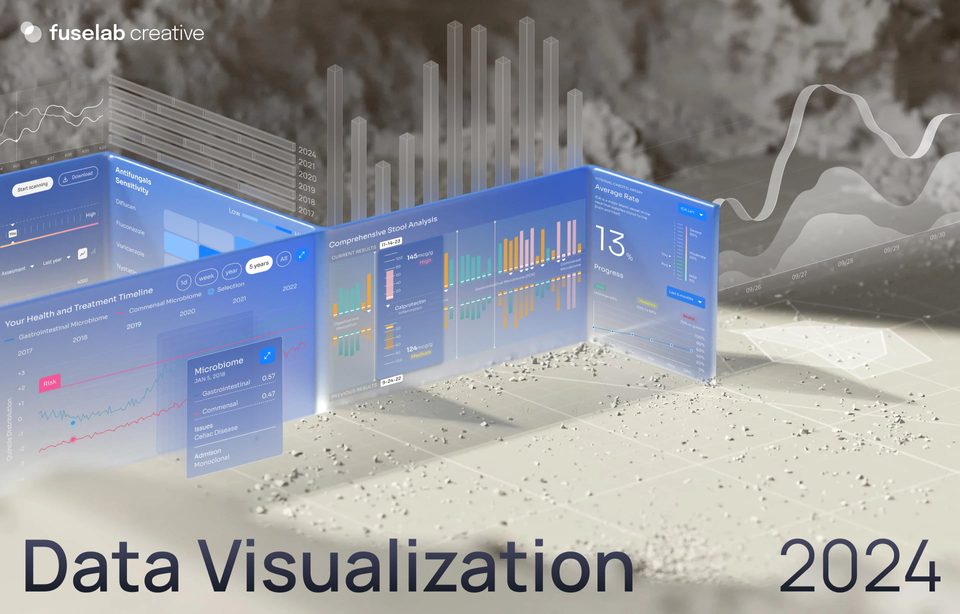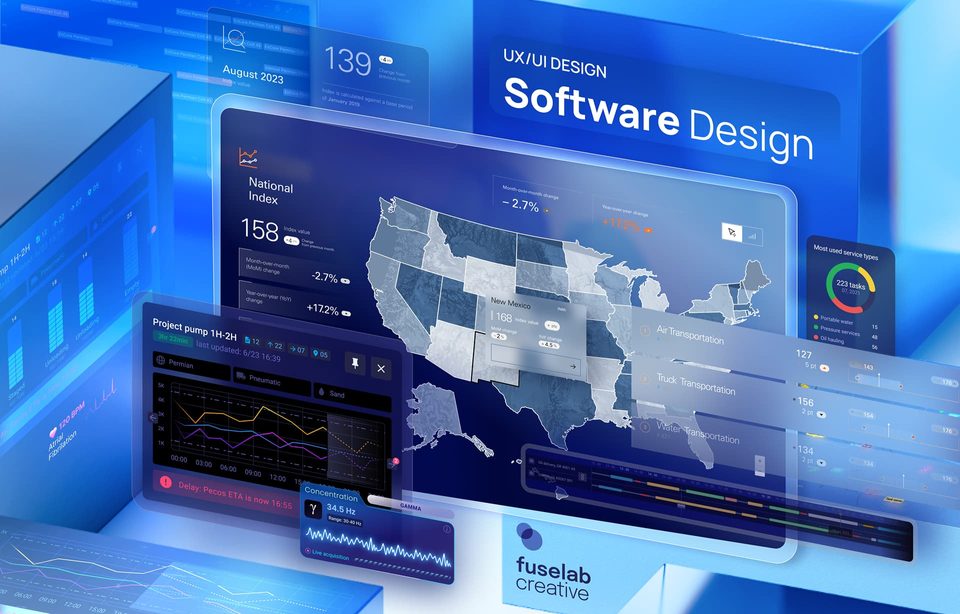Personalization – The Key to Effective Interface Design

Digital technology is an important part of how we interact with the world around us.
With so many digital tools out there and so many possible use case scenarios, the ability to provide a personal experience through considered interface design is what makes something truly valuable.
Whether it’s doing your banking, talking to your friends, or setting up a meeting for work, the ubiquitous nature of technology is only matched by its variance and capacity to influence human lives.
In order to be useful, a human-centered computer interface needs to meet the expectations of users.
The wonders of technology are no longer enough by themselves; people demand personal experience with software that listens, reacts, and learns from their actions. While interface design continues to be influenced by the functionality and widespread connectivity of computer systems, personalization has emerged as the key defining factor that connects the human with the machine.
Understanding the interface
Every relationship or transaction can be seen as a connection between two separate entities. The very nature of this separation creates a profound opportunity for connection, with a bridge, language, or interface used as a tool to enable communication. In the realm of digital technology, an interface is a shared boundary between different systems, which can include hardware devices, software tools, and human beings.
While computer interfaces used to involve rather crude connectivity protocols based on machine language itself, increased abstraction has led to a greater degree of sophistication and personalization. From traffic routes and restaurants to recommended friends and romantic partners, the modern interface is so entwined in our daily lives that it affects our decision making and life experiences.
The history of interface design
Back in the dark ages of computer evolution, processing power was severely limited and machines were mostly designed to work by themselves. Batch processing was designed to run without user interaction, with tasks scheduled and completed as resources permitted. The command-line interface was then introduced to enable direct communication and control, with the humble but powerful command-line bringing the human being into the equation as commander and chief.
The next logical step was the graphical user interface, with original work from the Xerox Palo Research Center eventually mastered by the likes of Microsoft, Amiga, and Apple. Graphical elements still run the show in modern interfaces, only now they have higher resolution, greater abstraction, and more personalization. The introduction of touchscreen technology was the next great leap forward, with the interface jumping out of the computer and into the real world.
The current state of the interface
Today user interface design companies produce quality user experience for digital products. Whether it’s a large hardware ATM on the street corner, a workstation at your 9-5, or your favorite news website, the modern interface has become increasingly human-centered. We have already overcome the challenges of faster-than-thought processing speeds and global connectivity.
Now we want to feel comfortable, respected, and in control of our online experiences. From the ads, we’re shown in social media through to Google and eBay recommendations, the modern computer seems to know who we are and how we spend our money.
The proliferation of touchscreen devices has had a profound effect on the ground, with mobile phones, smartwatches, and wearables making the interface increasingly small to the point where it almost doesn’t exist.
You can pay with a digital wallet, scan your bar codes with your phone, and check out without waiting for a cashier. Touchscreen technology is now so cheap and ubiquitous that some companies are even using their tablets for on-site ordering.
The spread of the interface into the real world can also be seen with personalized visitor passes, with people able to check in, have their photos taken, and access a brand new visitor pass almost immediately.
From schools and retirement homes to gyms and indoor climbing centers, technology has made it easier for businesses to identify and verify guests while also taking care of their compliance and insurance requirements.
How to create a personalized interface
As a business, the need to create valuable personalized interfaces is more important than ever before. Whether you’re creating software for employees, customers, or the wider community, it’s important to understand the nuances of interface design to enhance the human experience.
Somewhat paradoxically, intuitive interface design can be very difficult to create, with analysts, programmers, marketers, and designers needing to work side-by-side to create a seamless user experience. The following lessons need to be mastered:
- Personalization vs customization – This is a key difference, with personalization performed by the computer system and customization performed by the user. While leaving room for customization can be understood as a form of personalization, it’s important to make clear design decisions that anticipate user movements without restricting freedom of choice.
- Optimization and A/B testing – Controlled experiments are often needed before you can settle on the use of particular metrics or design choices. An A/B test enables you to compare two or more versions of a page element or interface option before it’s introduced. Some things engage and convert much better than others, and no one can make these decisions better than end-users themselves.
- Market segmentation and key persona development- With so many buzzwords and marketing terms, it’s easy to forget that personalization is about people. Forward-thinking interface design needs to segment communities through the identification of key personas. Once you understand the habits and behavior patterns of your people, you can make unique decisions for different groups and speak to people directly on their own terms.
Creating an intuitive and personalized interface involves a diverse skill set and lots of experience in the field. While no one knows your business or customers better than you, expert help is needed to transform key insights into valuable working tools. To find the critical connections between research data and actual human experiences, it’s important to reach out to an experienced design team.
If you want to create an intuitive machine-learning ui design for your business, please contact the team at FuseLab Creative and see what’s possible. Moreover, our designers provide the best interface design services and UI solutions that are tailored individually to your audience and reflect customer values.
Guessing is a terrible place to start when making important business decisions; personalized data dashboards can help take the guesswork out and give you a sense of confidence in your decision-making.
Learn more in our article about user interface trends.
If only we could do the same for relationship decisions, wait, maybe we can . . .

Browse more

Data Visualization Trends 2024
